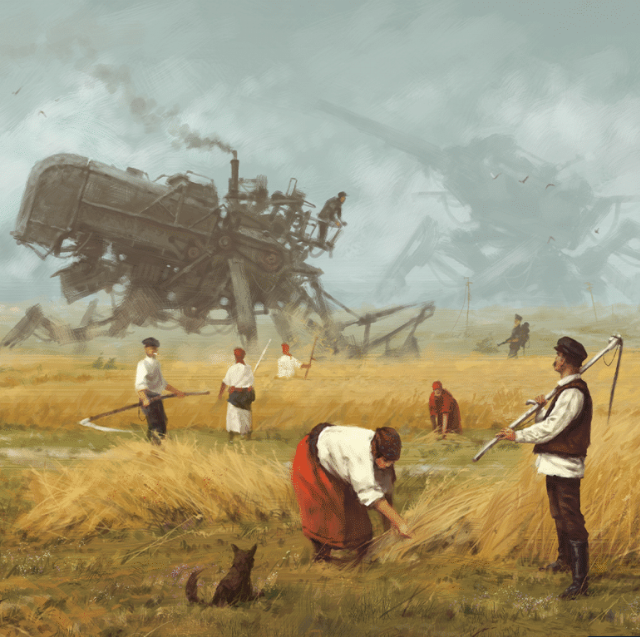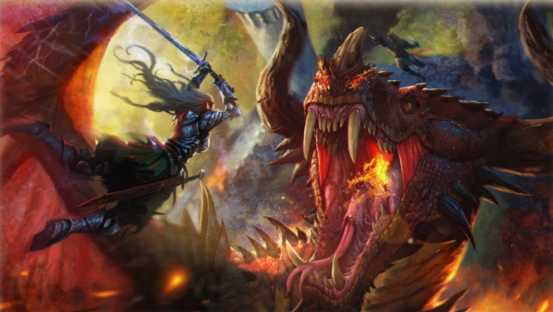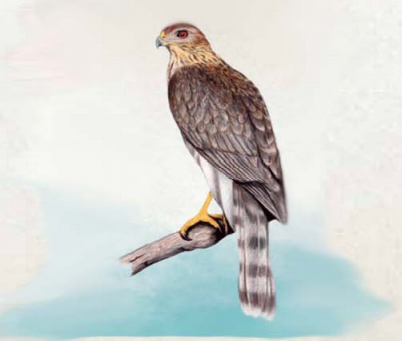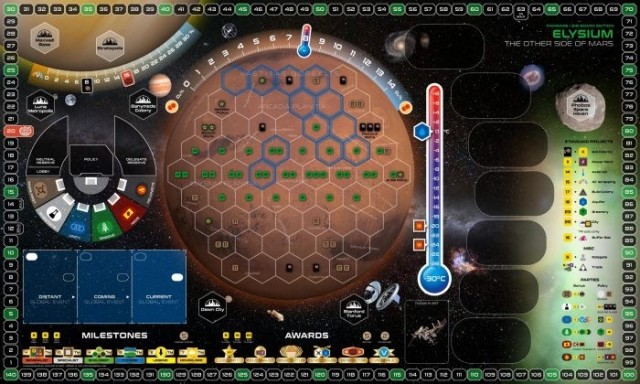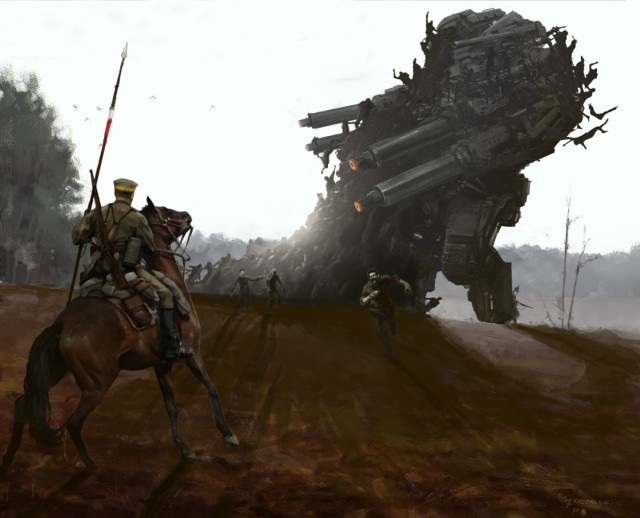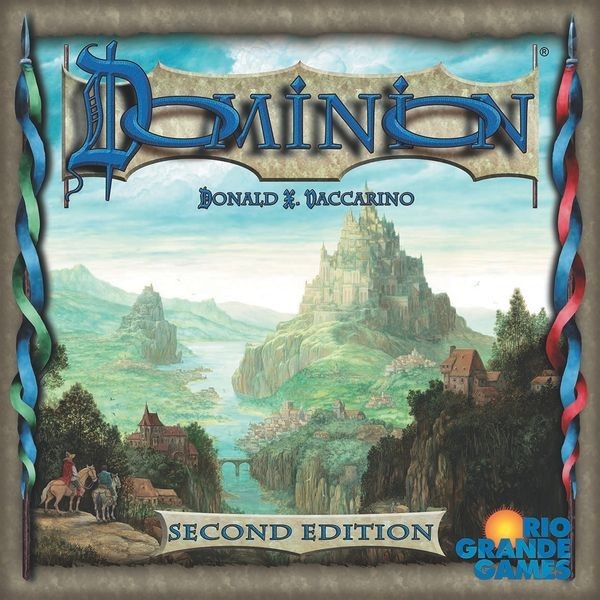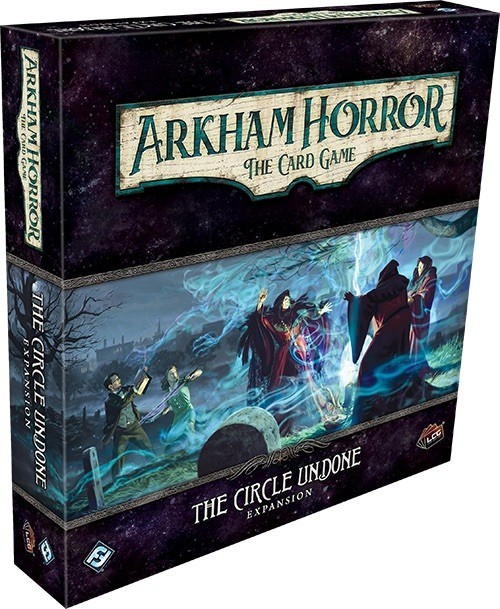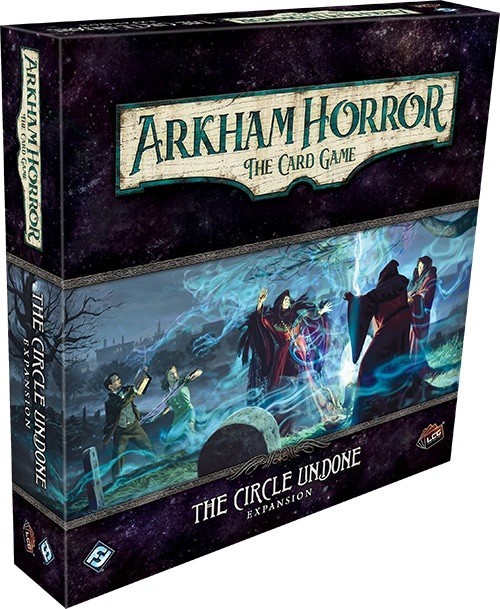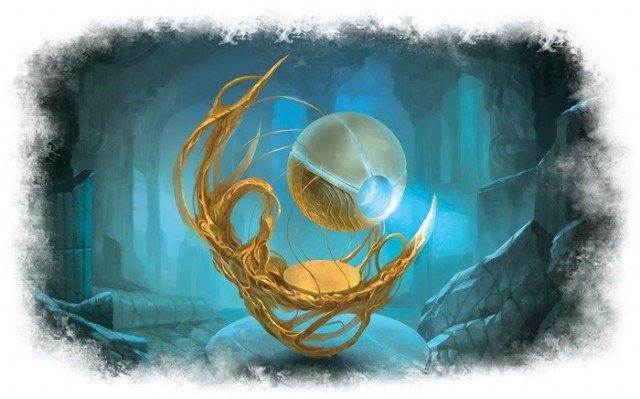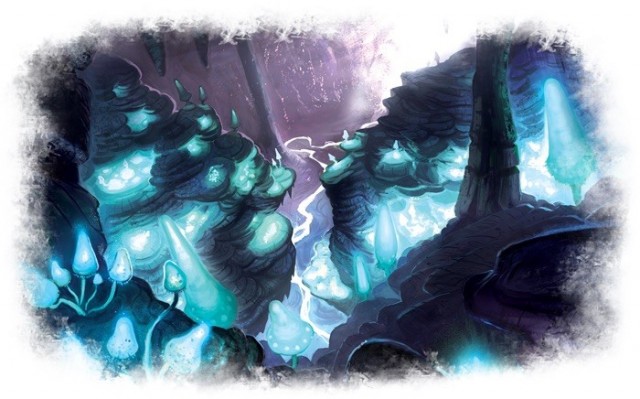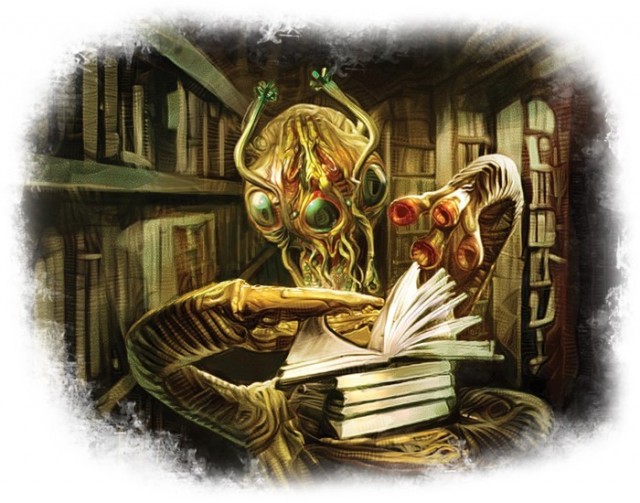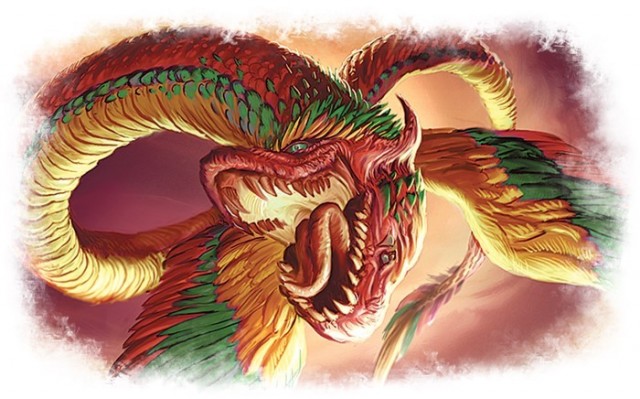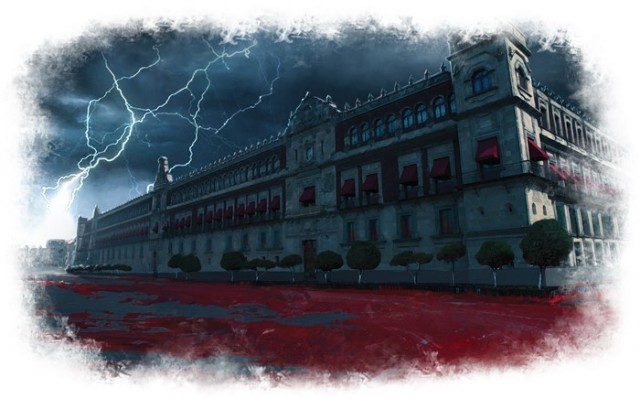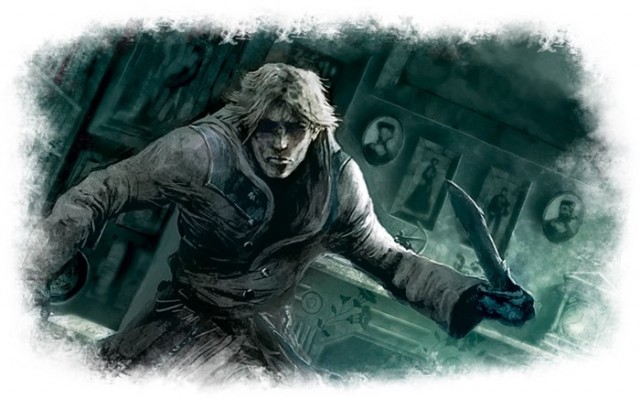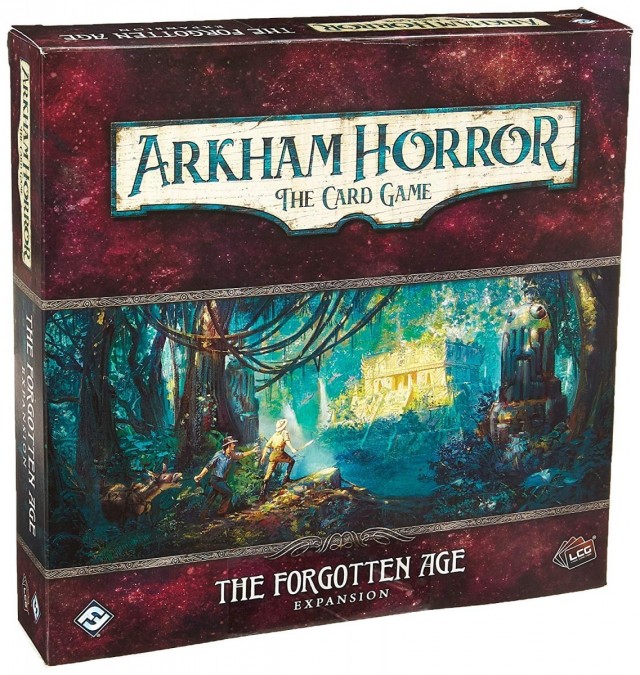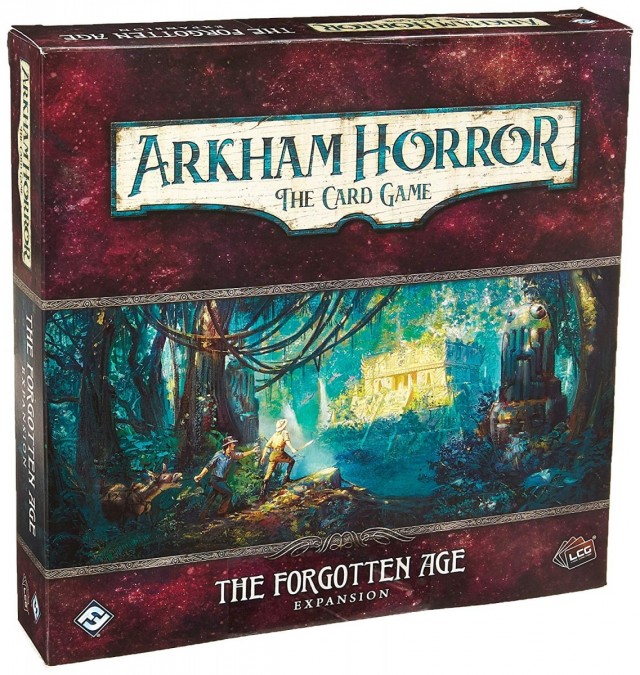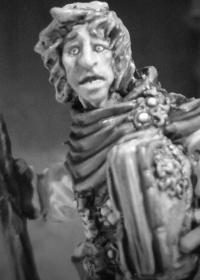Have you been making excuses for not painting the miniatures in your game collection?
For many years, I convinced myself that painting miniatures was not for me. My wife doesn’t know it, but she was the one who ultimately changed my mind. It was her gift to me of Warhammer Quest: Silver Tower that sold me on the idea. Here I was, with all of these detailed miniatures, and they just sat there in a flat dark gray color. They didn’t work at all on the board, since heroes and monsters were impossible to tell apart. No, this would not stand. Besides, I already had some basic modelling equipment to assemble minis. It felt like it was finally time to go down the rabbit hole of painting.
Even after making that decision, there was a lot of hemming and hawing. I had a lot of excuses. But I wish I had started a lot sooner, because painting turned out to be one of the most rewarding ways to enjoy table games. It filled a gap in my life, that of a simple solitary activity, like gardening or knitting, that allowed me to create and spend some time away from a screen. As I get older, it also has become a way to enjoy games by myself, without the need for other people or teaching rules, a welcome thing when there are school schedules to juggle.
That’s why I think you might really enjoy painting the minis in your board game. That’s right, you! Odds are good that you have a few games already that have some unpainted minis, since they have exploded in this age of Kickstarters and core sets. Below are a few of the excuses I had for why I didn’t want to start painting, followed by my responses to those excuses now.
“I don’t know how!”
This seems like sort of a no-brainer. I mean, this is just a Google search away, right? But getting advice online is not always as easy as a simple search. You’ll get a ton of advice from people that will contradict advice you got elsewhere. The truth is that the process of painting has a couple basic rules, but there is an enormous amount of personal preference.
The key thing that allowed me to get into painting came from the dark lords of hobby painting, Games Workshop. They periodically produce little kits with a few Space Marines or Stormcast Eternals, basic assembly instructions, and the paints and brushes you need to actually, you know, paint them. These sets will set you back about $30 or so, and they are a terrific first step. I personally have a nice little set of three Space Marines who succeeded in showing me that painting isn’t so hard. It’s true that sets like these are a lot more basic than what you’ll get into eventually, but it’s a great first step.
Eventually you’ll find that the rules you’ve been taught are actually more like guidelines. For example, almost every guide will encourage you to thin down your paints, but I almost never do. Part of that is because I normally use paints meant specifically for miniatures, but I’m frankly just too lazy. I like the results I’ve gotten anyway, so I’m fine with it. More experience allows you to flout more conventional wisdom.
“It’s too expensive!”
Okay, this is pretty fair. There are a few basic things you will absolutely need to buy to get very far in painting, and they aren’t free. I would encourage everyone to invest in at least some decent brushes, a basic set of colors, and some all-purpose shades. Everything else can be improvised, but altogether those items will probably set you back around $80-$100, depending on what you get and where you got it.
But if you are deep enough in this hobby to actually paint, you are already aware that table gaming is not for cheapskates. You are especially aware of this if you have a lot of unpainted minis, since minis can drive up the price of a game in a hurry. Painting forced me to ask a question that I probably should have asked sooner: do I really need to buy that new game? Do I need to worry about backing a $200 game from CMON when I already have a ton of games that I haven’t played as much as I’d like? When I had paint to consider, I felt less need to add to my collection, and more need to finish the projects I had already started. And no matter how you slice it, a $4 pot of paint is less than even the cheapest board game.
I don’t mean this judgmentally, but you probably have too many games anyway. I know I do. Obviously we are free to spend as much as we like on our hobbies, and we are free to spend it on whatever we like. And you can definitely go down the rabbit hole of spending way too much on paints, brushes, and other supplies. Only you can determine what is appropriate for your budget. But given the spending habits of most table gamers, the “it costs too much” excuse doesn’t hold much water.
“I won’t be any good.”
The first full game I painted was Space Hulk. I chose it because it allowed me to stick to a couple of major color schemes, and because it’s one of my favorite games. You can track my progress when you look at the paint job. It’s obvious when I switched to better brushes, it’s clear when I began to grasp the finer points of shading, and the detail becomes sharper and better executed as you go through the minis. Even my next project, the afore-mentioned Warhammer Quest, turned out much better and showed off some advanced techniques I never could have executed. My Space Hulk looks crude by comparison.
But here’s the thing: it’s mine now. No one else on earth has a set like mine, and even though my technique has evolved considerably, I am still so proud of my painted Space Hulk. This unlocks one of the most amazing things about painting: it forces you to be vulnerable.
Painting my games forced me to examine myself. Here was this project that I had undertaken, but at the beginning I wasn’t sure I could see it through. I wasn’t sure I could sit down and pay attention to the details of a project. I definitely didn’t think it would be anything to look at. I had never thought of myself as a creator, one who can execute anything remotely crafty. More than that, I was nervous about showing my work to others. Have you seen some of the paint jobs that show up online? White Dwarf shouldn’t be your standard, but that doesn’t mean we don’t think of it that way
But it was a pleasure to find that people are almost without fail really supportive of new painters. I would post my pictures on forums, and it was like I had a cheerleading section who also was willing to give pointers on how I could improve. Playing my games with non-painters was even more rewarding, since even a mediocre paint job looks like magic to most people.
And ultimately, you’re doing this for you. You don’t have to get into painting if you don’t want to, it’s not for everyone. But if all that’s holding you back is fearing you won’t be any good, you don’t need to worry. You’ll probably be better than you think, and you’ll improve all the time. Like me, you’ll probably learn something about yourself. Painting showed me that I was more creative than I thought, and it unlocked a sense of personal accomplishment that I never knew I wanted in gaming.


 Games
Games How to resolve AdBlock issue?
How to resolve AdBlock issue? 